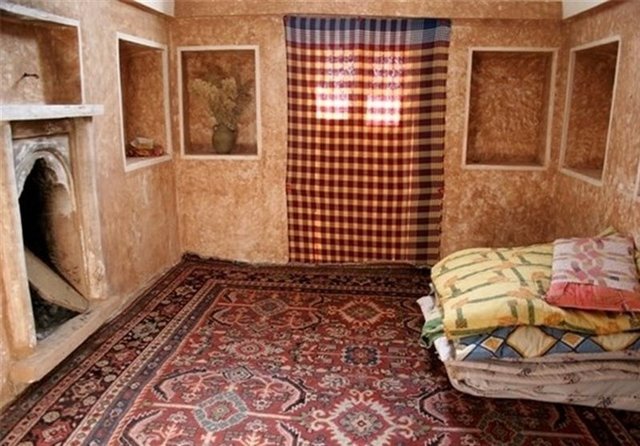Na’in sets sights on boosting ecotourism

TEHRAN –—Na’in’s tourism chief has announced plans to boost ecotourism in the oasis town, which is situated on the central Iranian plateau.
Despite thousands of tourists in Na’in, this city was not a tourist destination and was only a place for tourists passing through, due to the lack of accommodation infrastructure, Mahmoud Madanian explained on Tuesday.
By encouraging the private sector to invest in the historical core of the city, it is decided to turn the old houses into tourist accommodations as a solution to the shortage of proper residences, the official added.
Five old houses have already been repurposed into eco-lodge units since 2017, and six more eco-lodges are in the process of being inaugurated, he noted.
The city of Na’in has four seasons and mountain and desert attractions from west to east and the desert areas of this city are among Iran’s most mysterious deserts, he stated.
The history of Na’in dates back to nearly 2000 years, which makes it one of the oldest continuously settled towns on the Iranian plateau.
Na’in lies 170 km north of Yazd and 140 km east of Isfahan. Like much of the Iranian plateau, it has a desert climate, with a maximum temperature of 41 °C in summer and a minimum of -9 °C in winter.
During ancient times, the city was at the junction of a desert road that connected Tabas and Mashhad, it used to be an important crossroad on converging trade routes since Sassanid times. Na’in was known for its ceramics and textiles; today it's primarily known for fine hand-knotted carpets and for hand-loomed camel-wool cloaks, which are produced in the neighboring villages.
As a four-season country with pristine and beautiful nature in different parts of the country, Iran has a lot to offer nature lovers and eco-tourists. Eco-lodge units in rural areas and the heart of nature, away from the hustle and bustle of the city, smoke, and pollution, could free people from the chaos and turmoil of modern life.
In recent years, several historical mansions and rural houses across the country have been repurposed into eco-lodge units to attract more domestic and foreign tourists.
The houses represent the indigenous culture, local customs, traditions, and stories, while the guests are served delicious food with local ingredients.
The growing tendency of tourists to experience indigenous and local cultures has made them want to get closer to natural and indigenous living conditions, experiencing the old-fashioned way of life, considering that staying in these eco-lodge units is much cheaper than other accommodation centers.
Iran’s tourism body said in 2018 that 2,000 eco-lodges will be constructed nationwide until 2021. Experts say each eco-lodge unit generates jobs for seven to eight people on average, so the scheme could create 160,000 jobs.
Having a very diverse natural setting, Iran offers varied excursions to nature lovers. Sightseers may live with a nomad or rural family or enjoy an independent stay. The country is home to abundant historical mansions, caravanserais, bathhouses, madrasas, and other massive monuments, which can buttress its budding tourism and hospitality sectors if managed appropriately and refurbished properly.
ABU/AM
